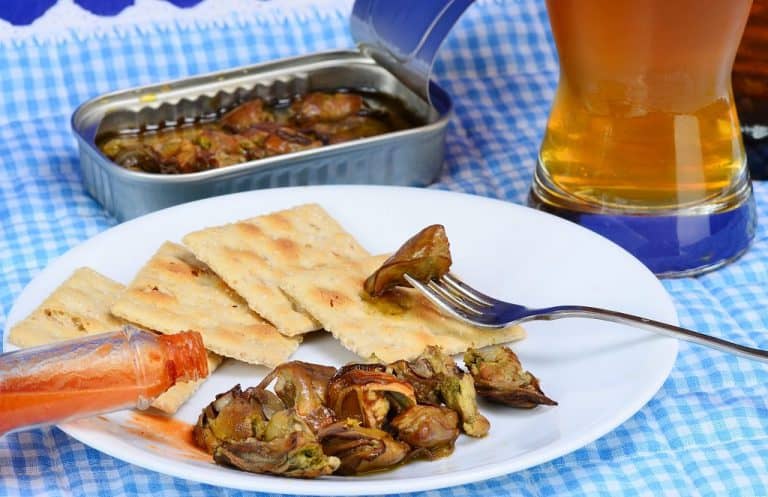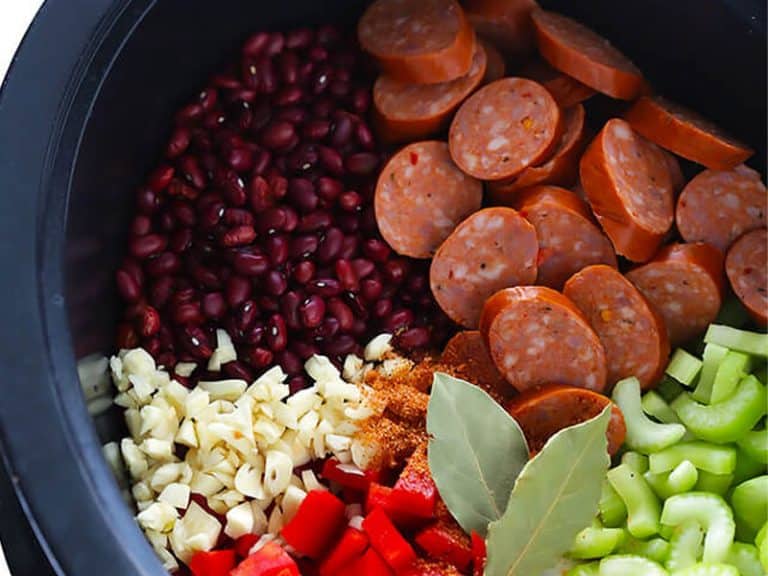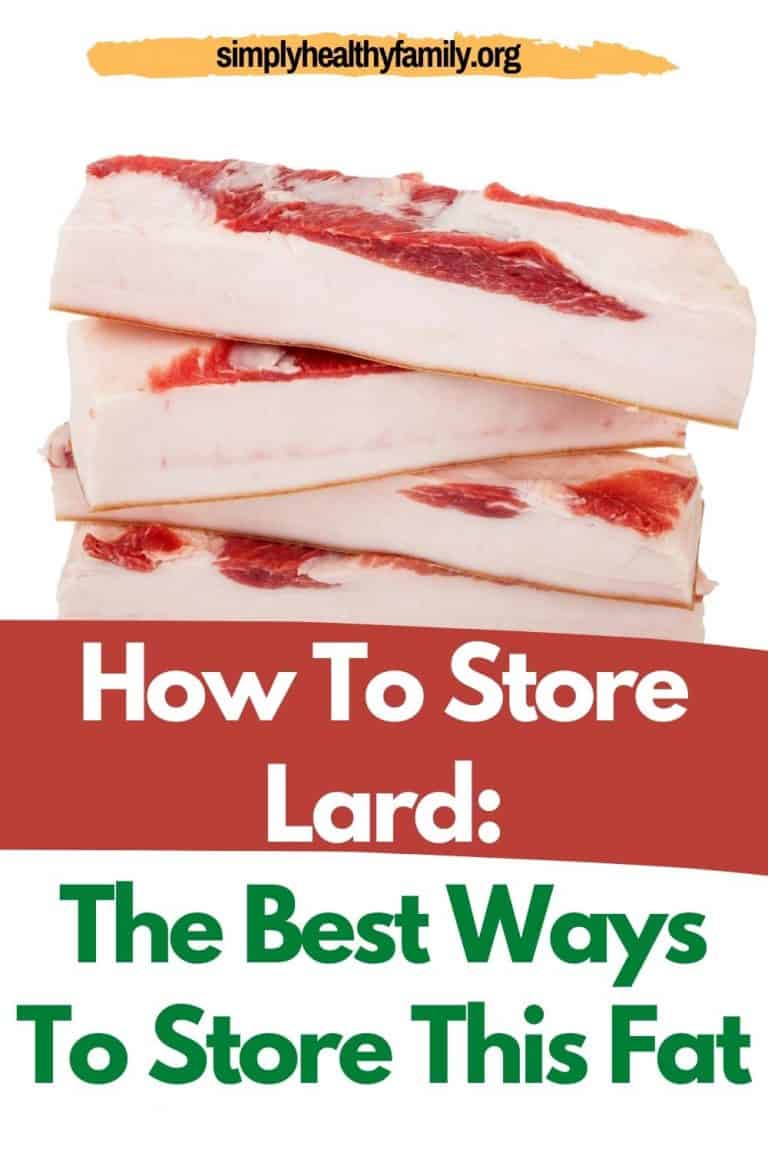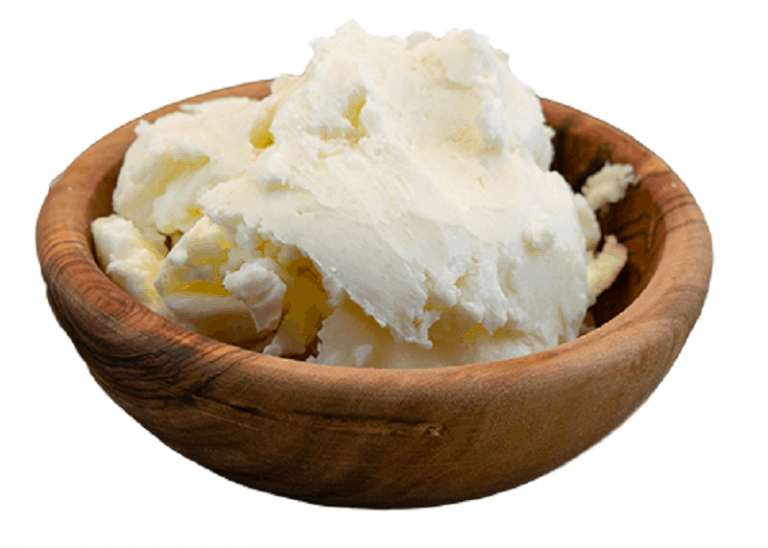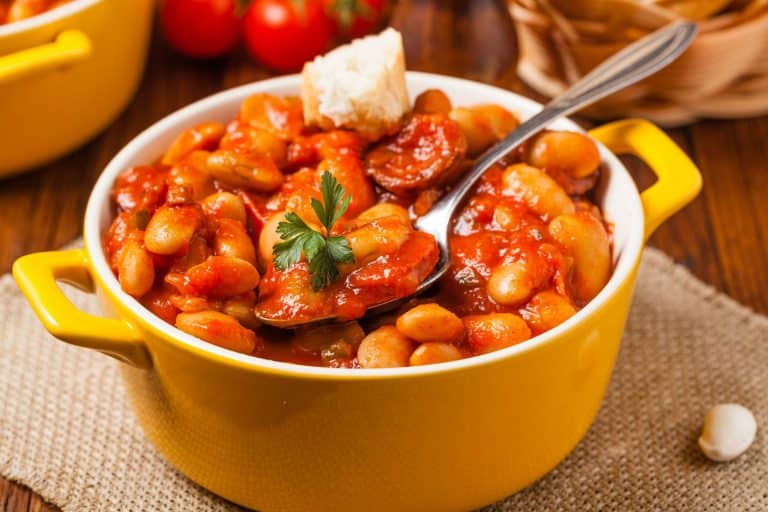How Long is Mustard Good For? Keep Mustard Fresh for Longer
Mustard has a surprisingly long shelf life. An unopened jar stays fine for up to two years after purchase.
Once the jar has been opened, it will last unrefrigerated for 1-2 months if kept in a cool, dark place and tightly closed. Stored in the refrigerator, an opened jar will last a year; again, if tightly closed.
How much attention should you pay to the expiration date? If the small print reads “Best by” and a date, it’s not a safety date, but an indication of how long the mustard will stay at its best quality.
From French’s spokesperson:
“The product will generally maintain good flavor quality for two to three months after that date, if refrigerated. While refrigeration will help maintain flavor, it’s not necessary to refrigerate if you prefer to consume your mustard at room temperature. The recommended shelf life from the date of manufacture of French’s Mustard is 18 months in a squeeze bottle, and 24 months in a glass jar.”
French’s adds that the little mustard packets will last for 6 months.
After the expiration date, the mustard will remain edible, but its texture or flavor may deteriorate. It will be safe to eat if there are no signs of spoilage and if the jar hasn’t been damaged.
The vinegar, mustard seed, salt and spices in mustard have antibacterial properties. That’s why mustard lasts so long.
Some varieties of mustard, such as Dijon and some other substitutes for Dijon, classically contain wine, which boosts its staying power even more.
Signs that mustard has spoiled are:
- An off odor
- Unpleasant flavor
- Change in color or it has gone dark
- A lot of liquid floating on top of the mustard. A slight amount of separation is alright; you can just mix it back into the mustard. But beware when more than a tablespoon of the liquid has separated.
- Mold
- The bottle has swelled or makes a popping noise when opened.
If the mustard shows any of those signs, it’s been around too long and should be discarded.
How to use and keep an open jar of mustard for longest storage
First, use clean, dry utensils to remove mustard from the jar. Don’t allow crumbs or juices of other foods to fall from the knife or spoon you’re dipping into the mustard jar.
Those crumbs or juices will spoil in the mustard and create mold.
Keep the jar clean after it’s been opened. After you’ve finished using the mustard, wipe the neck and top of the jar with a clean, dry kitchen towel or paper towel.
Close the jar tightly to prevent the mustard from drying out.
Mustard Varieties
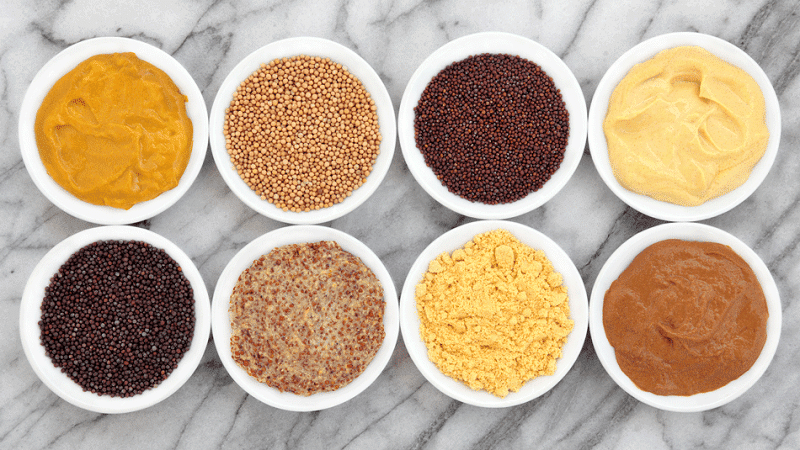
There are hundreds of prepared mustard varieties, some widely available and some made in small-scale, local facilities – and many made at home.
Here are some of the best-known mustards you can find in the condiment aisle of your supermarket.
-
- Smooth yellow American mustard was first introduced by French’s at the 1904 World’s Fair in St. Louis. Sometimes called ballpark mustard, it’s tart, creamy, and the mildest commercial mustard.
- Dijon mustard originated in the city of Dijon, France. It’s spicier and sharper than standard American mustard and includes wine in its recipe.
- Creole mustard has a little horseradish mixed in it.
- English mustard is made with flour and turmeric, which gives it a bright yellow color. English mustard is extremely hot.
- Japanese hibachi mustard has a creamy consistency and a spicy flavor. It’s based on powdered brown mustard seeds and wasabi and may include garlic and soy sauce.
- Moutarde de Meaux is French mustard made by the Pommery food company. It’s made from brown or black mustard seeds, wine or vinegar, spices and salt. It has a rough texture because the seeds and spices in it have been minimally ground.
- German whole-grain mustard also has a rough texture and is very spicy and dominant. It’s to be used with a light hand, so as not to overwhelm the flavors of the foods it’s served with.
- Chinese mustard is hot, hot, hot! It’s made almost entirely out of mustard powder, with water, a little oil, and a little vinegar to moisten it.
Must you serve mustard cold from the fridge for safety?
No, it’s fine to have the jar at room temperature before serving. Don’t worry about the mustard if it’s been out during a barbeque if the jar or bottle was closed between uses.
How about freezing mustard?
You can freeze mustard, but the texture and flavor won’t be quite the same as fresh out of the jar. It may separate after thawing and be hard to mix again.
Freezing mustard won’t extend its shelf life beyond the year that it stays good in the refrigerator.
But if you must freeze mustard, freeze it in an ice tray. Spoon it into the ice tray compartments for individual servings or for small amounts to use in dressings.
Cover the ice tray with plastic wrap and let the mustard freeze solid for 1-2 days. Then pop the mustard cubes out into a heavy-duty freezer bag and store it laid out flat.
The cubes are usually good for 14-16 months.
Don’t try thawing mustard out in a microwave. It will get watery, and lose flavor. Put the frozen mustard in a bowl and set the bowl in hot water.
You can also thaw it out overnight in the refrigerator, or leave it out at room temperature for a few hours.
Check Also: How to Thicken Homemade Tomato Sauce
Homemade Mustards
It’s easy to make mustard at home. If you have a coffee or spice grinder, it’s easy and fast.
Grinding mustard seeds with a mortar and pestle gives the mustard a truly old-fashioned appearance.
Remember that yellow seeds are milder, while black seeds are hotter.
You can vary the flavor by using different kinds of vinegar, too. Apple cider, sherry, red and white wine vinegar each contributes a different character to the finished mustard.
You can approximate even the fancy Moutarde de Meaux at home.
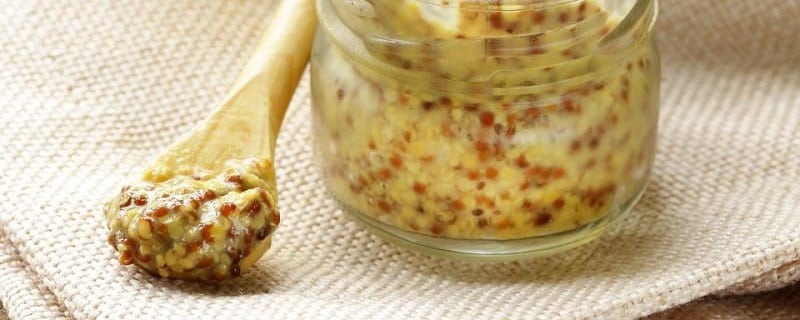
Moutarde de Meaux
Ingredients
- ½ cup dry white wine
- ½ cup white wine vinegar
- ¼ cup black mustard seeds
- ¼ cup brown mustard seeds
- Salt to taste
Instructions
- Mix all the ingredients.
- Make sure the mustard seeds are submerged in the liquids. If not, add equal parts of wine and vinegar to cover the seeds.
- Cover the mixture and set it aside for two days. This softens the seeds and lets them absorb flavors.
- Process the mix in a blender until it becomes a thick paste with a few whole seeds in it.
- Season the mustard to taste with salt.
- Refrigerate for two days before serving.
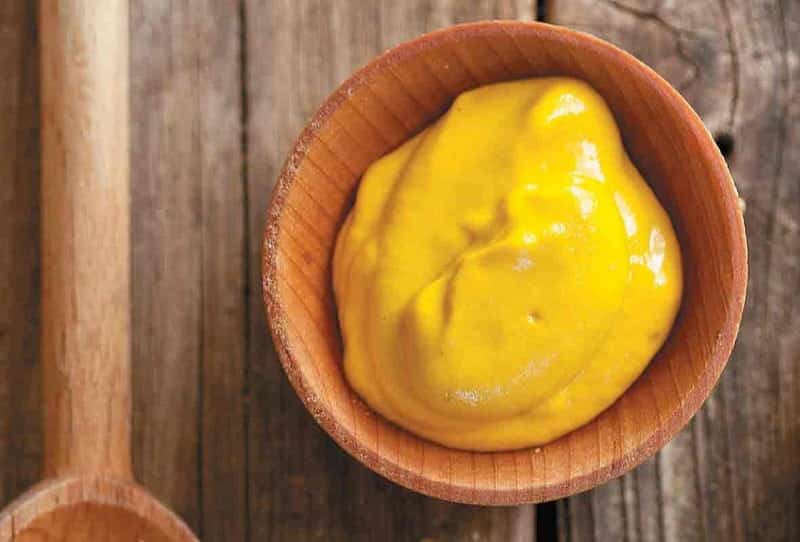
American Yellow Mustard
Ingredients
- 6 tablespoons mustard seeds
- 2 teaspoons salt
- 1/2 cup mustard powder
- 1 teaspoon ground turmeric
- 2 tablespoons light honey
- 1/2 cup water or beer
- 3 tablespoons apple cider vinegar
Instructions
- Grind the whole mustard seeds for a few seconds, leaving them almost whole.
- Pour the semi-ground seeds into a bowl. Add the salt and mustard powder, then the turmeric and honey.
- Pour in the water or beer, then stir well. Don’t add the vinegar yet.
- Let the mixture sit at least 10 minutes and up to 1/2 hour, then add the vinegar and mix well.
- Pour the mustard into a glass jar. Cover it tightly and let it mature in the refrigerator for at least 12 hours.
- The mustard will be somewhat bitter and runny at first but will become thicker and mellow flavored after a day’s chilling. This mustard will last a year if tightly closed and refrigerated.

